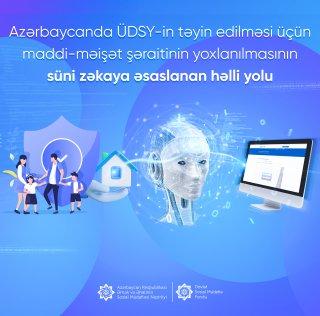
Azərbaycan Respublikası Əmək və Əhalinin Sosial Müdafiəsi Nazirliyinin tabeliyində Dövlət Sosial Müdafiə Fondu
Project name:
An artificial intelligence-based solution to the verification of economic conditions for determining targeted state social assistance in Azerbaijan
Summary Low-income family-targeted social payments is one of the top priorities for every society. In this context, within the framework of large-scale economic and social reforms carried out in our country under the leadership of the President of the Republic of Azerbaijan, Mr. Ilham Aliyev, aimed at expanding the income opportunities of the population, significantly reducing the low-income population, minimizing social risks, and improving the social management system, an effective social protection system has been developed for the elderly population, low-income families, and socially vulnerable groups. Since 2006, in accordance with the legislation, the Government has started allocating and paying the so-called state social assistance to low-income families under certain conditions. According to the legislation, low-income families whose average monthly income is below the need criteria total for each family member for reasons beyond their control are entitled to UDSY. UDSY is financed from the state budget and is paid in full to the card account of a low-income family representative once a month centrally without cash. Despite the successful implementation and being an essential indicator of addressability, justice, and equity in social policy, the receipt of UTSY (hereinafter referred to as the exam) by families applying for UTSY is carried out based on both paper and electronic applications in line with the "single window" principle. It is transferred to the central electronic information system. Then the Central Branch of the State Social Protection Fund, with the participation of the family representative, carried out the on-site examination of the financial situation of the family by using special technical equipment equipped with appropriate software and confirmed the results with an enhanced electronic signature and transferred it to the Unified. Despite the successful approach in determining UTSY, a high-tech new web application based on artificial intelligence that can centrally manage the income test of UTSY in a more unbiased, efficient, transparent, and cost-effective manner after the post-pandemic period has started. This system, which was implemented for the first time in the world for the appointment of UTSY, allows for the examination of the financial situation of families applying for UTSY (hereinafter referred to as the exam) based on artificial intelligence during the exam process, eliminating problems and difficulties in the exam process, collecting and systematizing information about the exam in a single source, eliminating redundancy in the process, ensuring transparency and speeding up the management in this area, providing citizens with suitable and transparent services in social security. The biggest success of the practice was the transition from the "human environment" to the "digital environment". Despite the fact that after the transformation of the activities of the Foundation into a legal entity of public law in 2020, large-scale social reforms aimed at serving the financial well-being and satisfaction of citizens were initiated as part of the centralization of social security management, coordination problems and some administrative difficulties persisted in some cases during the examination of the financial situation of the family, which is considered as the main component of the appointment of UTSY. These mainly included: • Existence of corruption crimes and conditions conducive to corruption; • Deprivation of the right to receive UDSY of needy families due to non-timely conduct of the exam in a mobile environment; • Services are not applied in a united and coordinated manner; • Violation of the targeting of social assistance due to the provision of incorrect information by the employees in many cases; • Failure to comply with the principles of openness, transparency, and impartiality in some cases during the exam process; • Lack of real-time monitoring of the exam process; lack of a control mechanism and sufficient technical basis for examination; • Keeping citizens' appeals pending or partially satisfying them in some cases; • Presence of direct citizen-state communication; • Violation of a number of data uniqueness and confidentiality; • Widespread use of the human factor in the business process: use of human labor in organizing the exam, implementing division of labor among employees, conducting documentation work, preparing reports; Failure to save human capital, the largest investment and inexhaustible resource; employees not being properly guided in their activities in a timely and correct manner; Failure to comply with the principle of rotation in the task process. • Lack of systematic compilation and the absence of a unified database in the organization and conduct of the exam; • Delays in the implementation of practices. Solving the Problem To overcome the existing difficulties and achieve the goals set for the accurate definition of the scope of UDSY system and the correct addressing of vulnerable groups, and to create a smart plan including the establishment of an effective and flexible automated infrastructure aimed at maximizing the efficiency of the business process using machine management methods; Transition from the "human environment" to the "digital environment": - As part of the central e-system of the Foundation as a sub-module of the mobile web application, which was created, adapted to the BT policy, and integrated into all e-systems and information systems as a sub-module of the central e-systems necessary for the exam process, as required by local legislation (examination conducted by a specific employee/employees, specific driver, taking into account the territory and climate of the region where the control object is located, home GIS and GPS navigation system automatically creates a travel plan by taking into account the most appropriate route (showing the full control address), possible travel time due to weather conditions, time allocated for lunch and technical breaks, working hours per session of the driver, amount of fuel consumed on the road, and even possible risky situations during the trip without the need for human intervention, and carries out video and photo shooting itself, adjusts itself); - By automatically creating a travel order and travel paper for the employee/employees and driver through API with the HR (human resources) module via the web application, it
Name of the organization that implemented the project:
State Social Protection Fund under the Ministry of Labor and Social Protection of the Republic of Azerbaijan
What are the main take aways or achievements of the project?
Evaluation of Results 1. Customer Satisfaction: - Establishment of mechanisms to measure customer satisfaction; improvement of technical infrastructure to maintain and sustain customer satisfaction. - 35% reduction in written complaints; 42% reduction in verbal complaints to the Foundation's 142 Call Centers and Citizen Reception Centers. - Customer satisfaction regarding the examination process increased by 22% in the first half of 2022 compared to 2021, reaching 96.5%. - Full compliance of the Central Branch's activities with ISO 37001 (Anti-Bribery Management System) and ISO 10002 (Quality Management - Customer/Citizen Satisfaction) international standards. 2. Success in Organizing and Managing Financial and Household Conditions Examination: - 21% reduction in the workload of the Central Branch in the appointment process of UTSY. - Transition from the "human environment" to the "digital environment" in the business process. - Timely, comprehensive, and objective examination without delay; immediate documentation of every fact discovered (violations, causes, etc.); fight against corruption and ensuring transparency. - Collection of data in a single database; systematic storage of data and transaction history (logging). - Continuous video recording and storage of service procedure for evaluation and electronic reporting of the examination. - Automatic address search and simplification through the built-in GIS and GPS navigation system in the web application; preventing time loss in searching for addresses and automatically determining the fastest and most suitable route to the destination; enabling the transition to the electronic queue system during the employee's business trip. - Ensuring automatic encryption of authorization and identity data. - More efficient utilization of high-potential workforce; high labor productivity. - Coordination of joint activities between the Central Branch and the employees conducting the examination. - Full compliance with international standards ISO 9001 (Quality Management. Requirements) and ISO 26000 (Social Responsibility Guidance). 3. Achievements in the Areas of Activity: - Rapidity and urgency achieved in the implementation of exams nationwide, resulting in a 94% increase in new appointments to UTSY, reaching 61,421 new appointments in 2022 compared to 2021. - 10,520 people whose UTSY applications were rejected in 2021 reapplied and were appointed after emergency examinations in 2022. - $493.74 of funds (previously over-calculated due to incorrect UTSY calculations) to be loaded back to the benefit of low-income families in the second half of 2022. - The average monthly amount of UTSY paid for new appointments due to operational and basic examinations in 2022 increased by 36% compared to 2021, reaching $231.18. - 80.5% more examinations conducted in the second half of 2022 compared to the same period in 2021. 4. Successes Achieved in Court Disputes: - A five-fold reduction in the number of decisions against the Foundation regarding the examination. - Increase in the number of decisions in favor of the Foundation from 63% to 92%. - Utilization of opportunities created by artificial intelligence (audio, photo, video recording, etc.) as evidence in favor of the Foundation. Lessons Learned Key success criteria: - Strategic focus, trust, and satisfaction: - Elimination of corruption crimes and conditions conducive to corruption. - Minimization of citizen-state communication. - Establishment of an efficient and flexible infrastructure related to digital transformation. - Enhancement of efficiency in social management and control systems. - Increasing the number of people benefiting from social assistance. - Elimination of redundancy in the process of implementation. - Providing easy access to social security services with the implementation of flexible and operational innovative technology. - Strengthening cost and time control: - Prevention of time loss and additional costs in the business process using IT infrastructure. - Ensuring the addressability, accuracy, and timeliness of financial assistance. - Creation of a favorable and healthy working environment by eliminating additional costs. - Effective resolution of court disputes: - Increase in the number of court decisions in favor of the Foundation. Potential Risks and Their Management: - Ensuring the security of the information system and the protection of confidential information may pose an additional burden: - Use of modern software to ensure the security, confidentiality, integrity, and availability of the system. - Access to the information system is provided only through advanced electronic signature, identification, and authentication tools. - Lack of professional staff and staff training: - Hiring new professional staff through competition or interviews according to the staff program. - Inclusion of employees in additional training to raise their professional level, acquire new qualifications, and increase their skills. - Inclusion of employees in various training programs to increase their knowledge and skills. - Implementation of fair rotation among employees (planned transfers or changes in duties). - Challenges in adapting to the digital environment: - Lack of informative training, speeches, surveys, etc., for the population to adapt to digital transformation. Overall, the project has achieved significant success in improving customer satisfaction, optimizing financial and household conditions examination processes, achieving operational efficiency, and reducing court disputes. These successes demonstrate the benefits of implementing advanced technology, streamlining processes, and focusing on customer needs in the field of social assistance and support. However, ongoing efforts are needed to address potential risks and further enhance the system's capabilities.
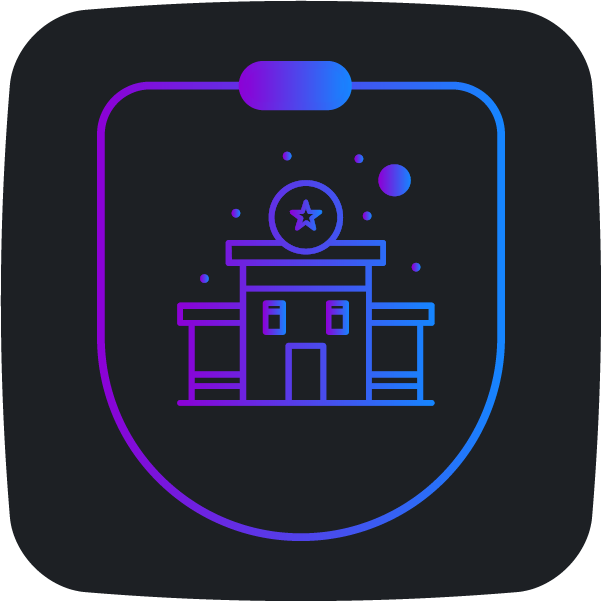 Technopark Resident of the Year
Technopark Resident of the Year
 Ecosytem MVP (Most Valuable Person) of the Year
Ecosytem MVP (Most Valuable Person) of the Year
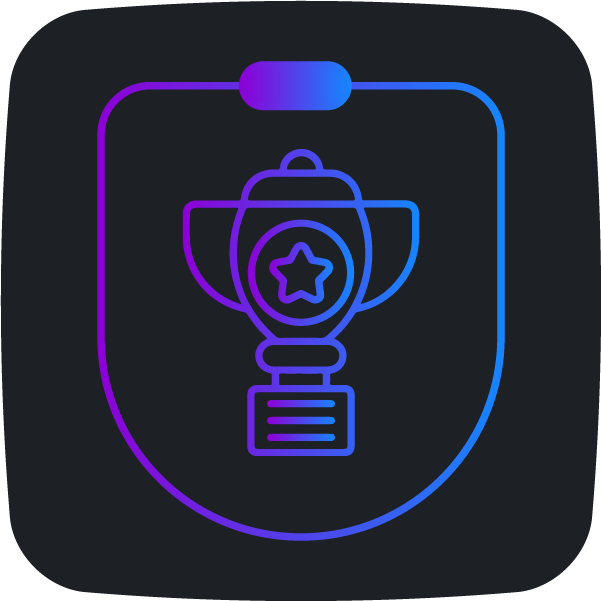 Startup of the Year
Startup of the Year
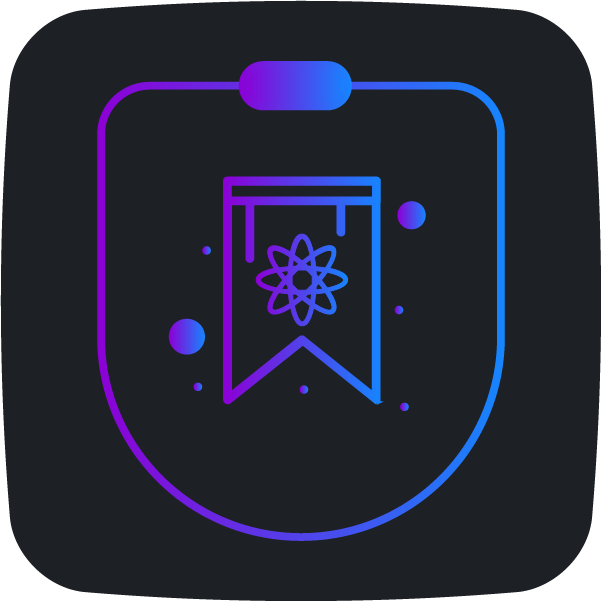 Digitalization of the Year
Digitalization of the Year
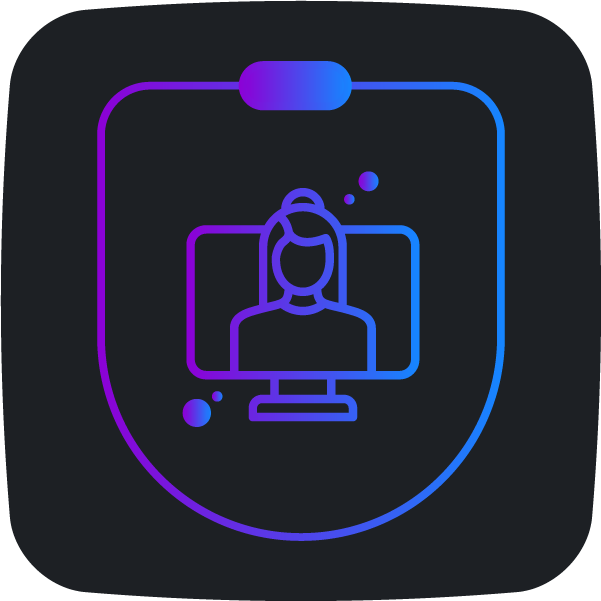 Women in Tech of the Year
Women in Tech of the Year
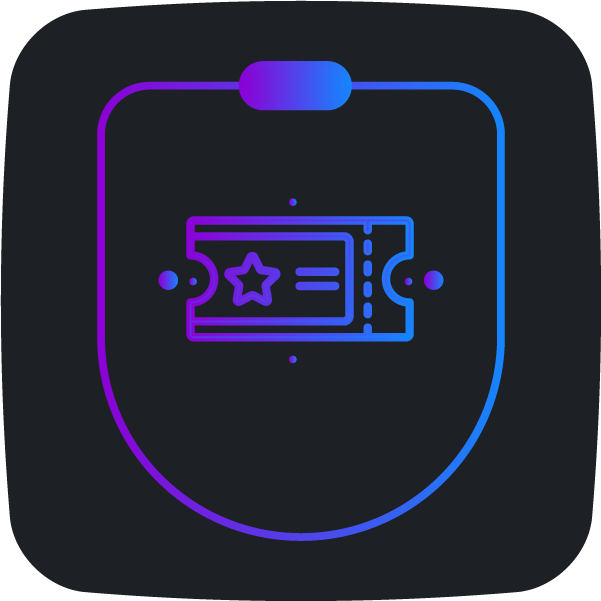 Tech Event of the Year
Tech Event of the Year
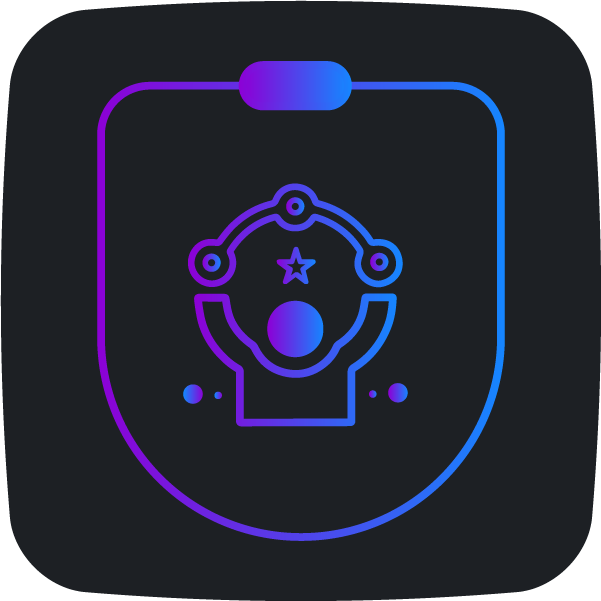 Skills Booster of the Year
Skills Booster of the Year
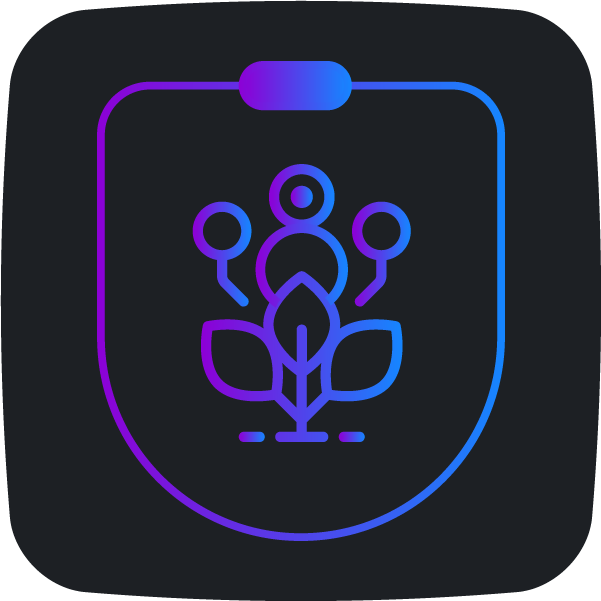 Startup Ecosystem Player of the Year
Startup Ecosystem Player of the Year